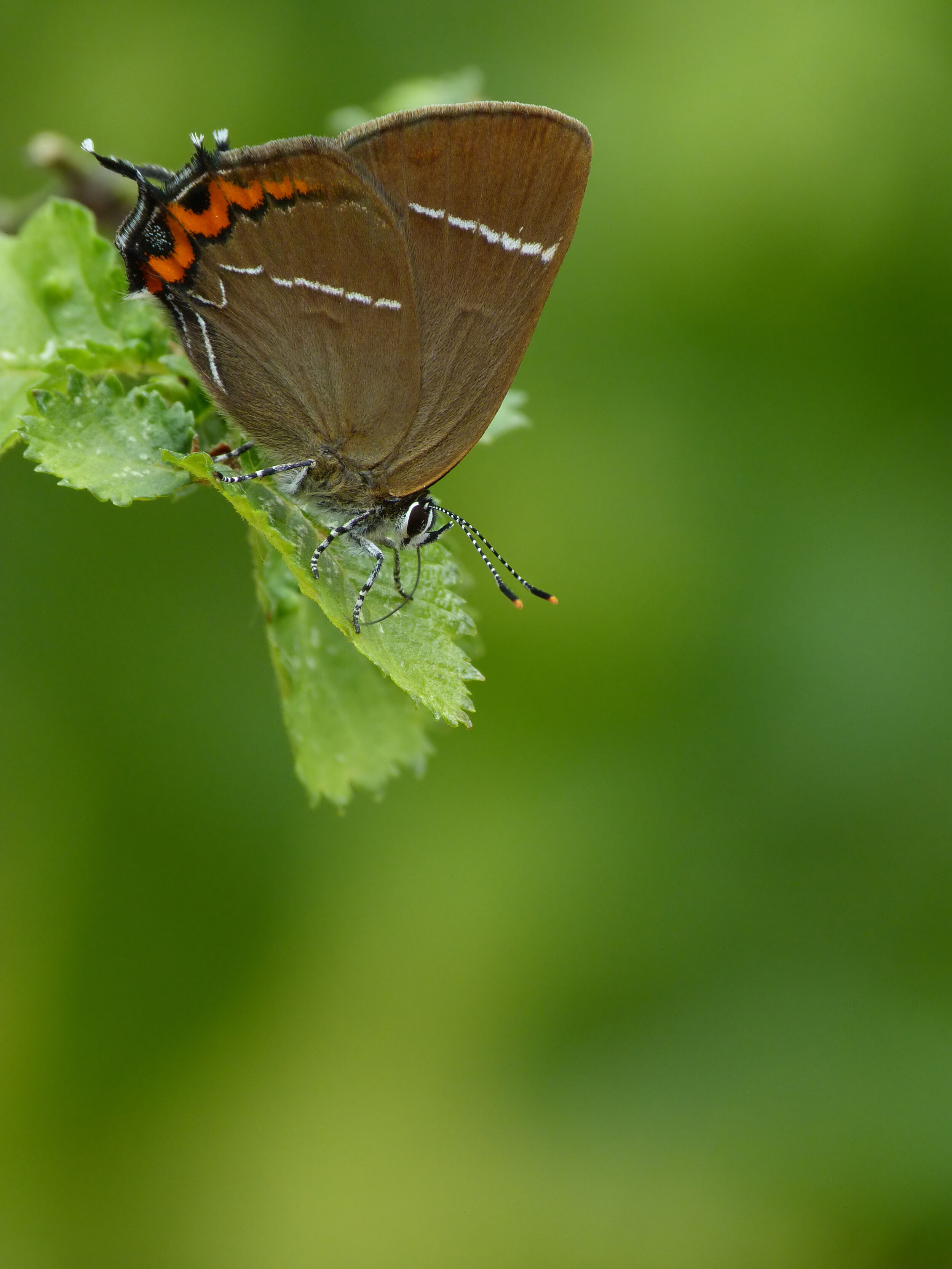Hair today, gone tomorrow …
Unless you live in Brighton of course, where the national collection is housed, elm has nowadays become a somewhat rare component of the British countryside, mainly due to the devastating effects of Dutch Elm Disease (DED) - one of the most serious arboricultural diseases in the world.
The less virulent Ophiostoma ulmi first spread to Britain in the 1920s when it killed 10-40% of elm trees. Although the initial epidemic died down, a highly aggressive pathogen of the disease, Ophiostoma novo-ulmi , was accidentally introduced from Canada into Britain in the 1960s. Our main native species, English Elm (Ulmus procera), Smooth-leafed Elm (U. carpinifolia) and Wych Elm (U. glabra) are all susceptible. Within a decade of its arrival about 20 million elms out of an estimated UK population of 30 million were dead. By 2010 it was considered some 60 million elm trees had been lost. It is disseminated by various species of elm bark beetles. The disease still persists in the UK.
Elm is unfortunately the sole foodplant of the White-letter Hairstreak, Satyrium w-album and this species has undoubtedly suffered as a result of DED, especially in its southern distribution. As all species of elm are affected there was concern that this species might become extinct in the British Isles as a result. Surviving colonies were subsequently looked for in order to obtain a better understanding of their distribution. Several new colonies were discovered which gave hope for the future of this vulnerable butterfly. In addition, there has been a concerted effort to find disease-resistant elms that exhibit the appropriate qualities to support this butterfly (such as flowering at the right time of year - since young larvae generally rely on flower buds as a food source).
S. w-album is never found far from its larval foodplant, U. glabra being the preferred choice. Flowering elms are usually essential for successful larval development and this therefore suggests a certain maturity of tree, although there is some evidence that this species has successfully used non-flowering elms on occasion. Favoured sites are elms on the edge of deciduous woodland, but this species can also be found in more open habitat including roadside verges, such as the female figured, if suitable elms are present. Where the butterfly occurs, it forms discrete colonies which are sometimes very small containing only a few dozen individuals. These are typically focused on a small clump of trees or even an individual tree. They are not great wanderers and will reuse the same locality year after year. The adult currently flies in Sussex from mid/late June to early August, with some stragglers persisting into the later part of the month.
Make sure you check out the elms near you …
References:
Blencowe, M. and Hulme, N. (2017). The Butterflies of Sussex. Newbury, Berkshire: Pisces Publications on behalf of Butterfly Conservation (Sussex Branch), pp. 252-257.
www.ukbutterflies.co.uk/species.php?species=w-album [Accessed, 30th May 2020].
www.forestresearch.gov.uk/tools-and-resources/pest-and-disease-resources/dutch-elm-disease/dutch-elm-disease-history-of-the-disease/ [Accessed, 30th May 2020].
www.forestresearch.gov.uk/tools-and-resources/pest-and-disease-resources/dutch-elm-disease/dutch-elm-disease-central-and-southern-britain/ [Accessed, 30th May 2020].
